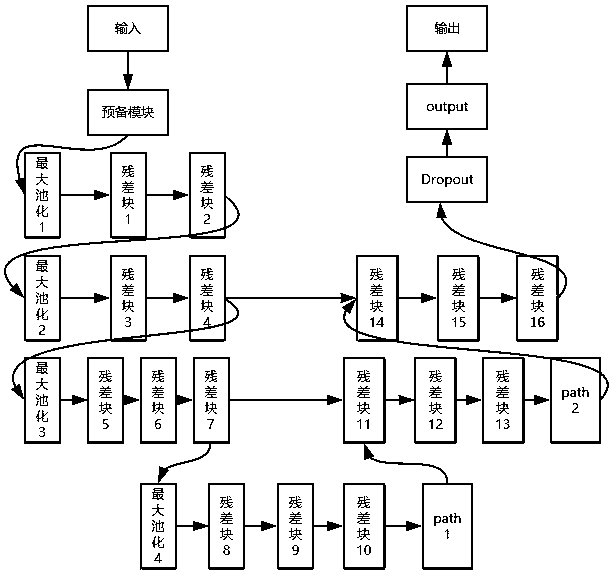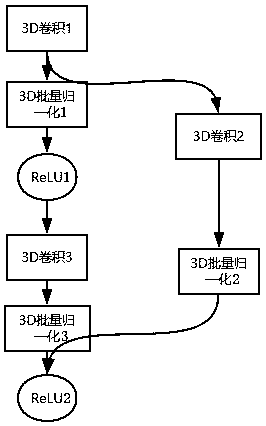CT lung nodule detection system based on 3D-Unet
A detection system and technology for pulmonary nodules, applied in image enhancement, image analysis, image data processing, etc., can solve the problems of doctors' visual fatigue, increased workload, missed diagnosis, etc., achieve high detection accuracy, solve heavy workload, The effect of improving the recognition rate
- Summary
- Abstract
- Description
- Claims
- Application Information
AI Technical Summary
Problems solved by technology
Method used
Image
Examples
Embodiment Construction
[0036] Further describe the technical scheme of the present invention in detail below in conjunction with accompanying drawing:
[0037] Such as figure 1 As shown, a 3D-Unet-based CT image pulmonary nodule detection system includes sequentially connected CT image input and preprocessing modules, candidate nodule detection modules, and false alarm elimination modules.
[0038] Among them, when the CT image is taken, the edge of the machine or the patient's bone will also be photographed, which is noise for the neural network and is not conducive to processing, so the preprocessing is to make the lung as much as possible. Keep it, and remove some irrelevant things at the same time.
[0039] Specifically, the CT image input and preprocessing module is used to read the chest CT image in DICOM format and save the image information into a numpy array, obtain the distance and origin information of the CT image, and perform lung volume calculation on the CT image. segmentation.
[...
PUM
 Login to View More
Login to View More Abstract
Description
Claims
Application Information
 Login to View More
Login to View More - R&D
- Intellectual Property
- Life Sciences
- Materials
- Tech Scout
- Unparalleled Data Quality
- Higher Quality Content
- 60% Fewer Hallucinations
Browse by: Latest US Patents, China's latest patents, Technical Efficacy Thesaurus, Application Domain, Technology Topic, Popular Technical Reports.
© 2025 PatSnap. All rights reserved.Legal|Privacy policy|Modern Slavery Act Transparency Statement|Sitemap|About US| Contact US: help@patsnap.com



